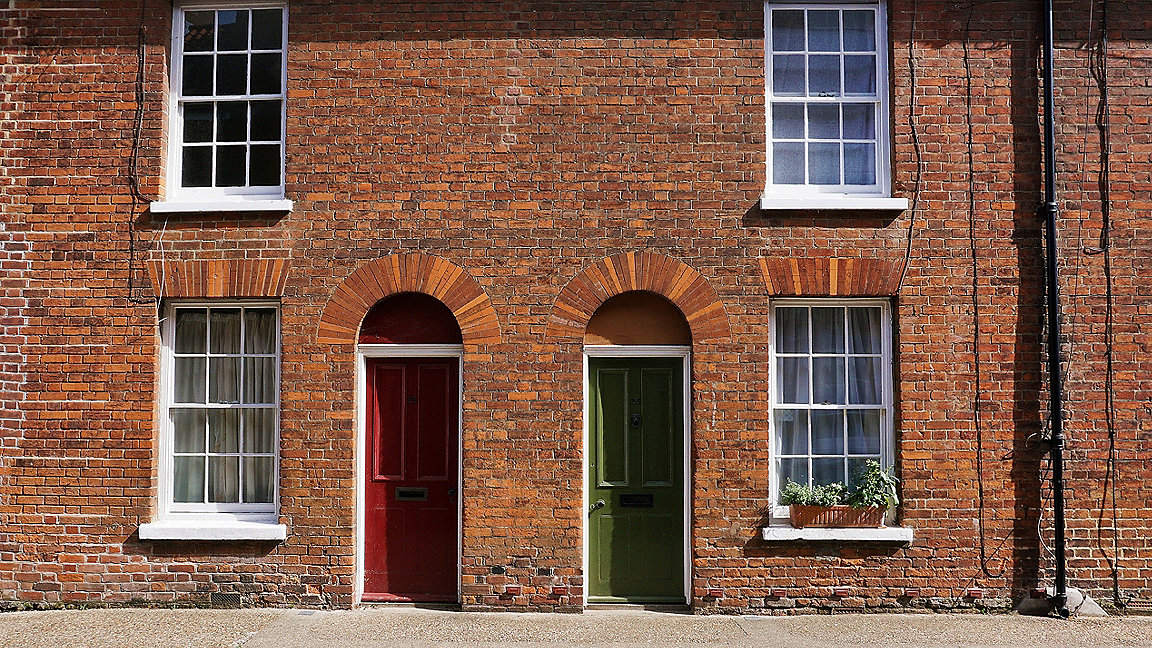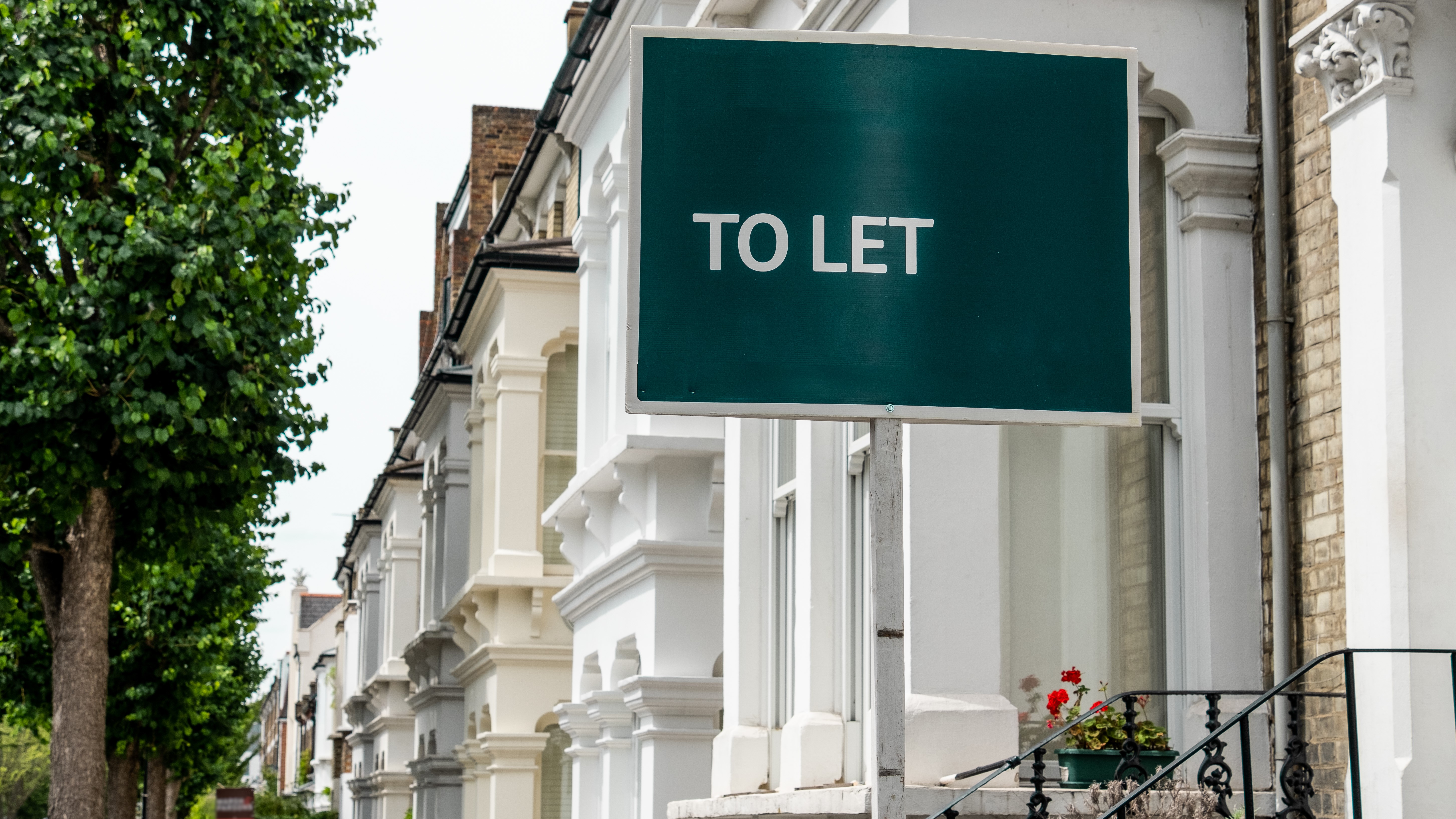
With hybrid working seemingly here to stay, many would-be homebuyers in the UK now have a much wider choice of locations.
Given that the average house price in London is £236,000 greater than that at the national level, then, it is not surprising that the past year has seen a sharp rise in the number of people seeking better value for money outside the capital.
Indeed, estate agent Hamptons International calculates that people leaving the capital bought almost 92,000 homes in 2021, marking a 59% increase on the same figure for the previous year.
The search for more space is also clear from the agency's research, with Londoners estimated to have traded a cumulative 238,990 bedrooms for 274,970 in homes purchased elsewhere in the UK last year.
Lower price rises prompt London sales growth
This rise in the number of homeowners and first-time buyers migrating out of the capital has had a noticeable effect on price growth across the market. Although London house prices have seen an increase, the pace of this growth has been slower than in any other UK region.
According to Land Registry statistics, prices have risen by 18% nationally since the first lockdown was ordered in March 2020, while growth in London has been a more modest 6%.
Perhaps counterintuitively, London saw the fastest growth in residential sales volumes relative to all other parts of the UK in 2021. While house prices and sales volumes are not perfectly correlated by any means, it is unusual for London to top the sales growth rankings while being bottom of the price growth comparison.
The last time London housing sales growth outpaced the national average by such a margin was in 2010. In that period, house price inflation in the capital was running at 15% year on year, 6% above the national rate at the time.
During the past year, however, a key feature of the market has been the volume of Londoners selling up to move elsewhere. This has boosted supply, explaining why pricing pressure across the capital is less than it is elsewhere.
The most recent RICS Residential Market Survey data bears this out, showing that London was the only region to see a rise in average stock levels over the past 18 months (see Figure 1). This was a result of more new sales instructions in London, on average.
On the other side of the equation, the lack of supply across regional markets has frequently been cited as a factor that has held back activity, thereby curtailing sales growth to a certain extent.
In addition, low stock levels mean that homebuyers in commuter areas have likely experienced fierce competition over the past 12 months, with best and final offer scenarios driving sales prices higher.
Londoners save almost £30,000 moving out
In any event, with London house prices already at much higher levels than those elsewhere, homeowners leaving the capital on average spent less on the properties to which they were moving than they made on the properties they sold.
Hamptons figures show that the average London-based seller moving elsewhere sold their home for just shy of £535,000, while spending £507,000 on their new property.
In another clear demonstration of the impact of changing work practices, those leaving London are moving six miles further on average than before the pandemic, with the Hamptons figures suggesting more people are leaving inner London than ever before.
The South East and East of England were the most popular destinations for homeowners moving from London, as well as first-time buyers originally based in the capital.
'Homeowners leaving the capital on average spent less on the properties to which they were moving than they made on the properties they sold'
Stagnation has modest impact on affordability
Does this all mean the London market is set for a prolonged period of slower house price growth than the national average? Savills' forecast for house prices across the capital over the medium term suggests that is a distinct possibility. London prices, in its view, are set to rise by a cumulative 5.6% by 2026, comfortably below the 13.1% expected nationally.
Of course, with the house-price-to-earnings ratio standing at more than 13 in London – 74% above its long-run average – a period of relatively stagnant house prices in the city would help to improve affordability somewhat.
London has in fact been the least affordable region since 2009, when comparing house prices to data on local earnings from the Office for National Statistics (ONS).
Indeed, 2017 marked the widest gap in affordability between London and the rest of England and Wales on record. Despite narrowing slightly in 2021, it remains more than four times that seen before the global financial crisis of 2008, as Figure 2 shows.
On that basis, the potential for further price growth in London seemed limited before the pandemic because only the most affluent households could afford to buy.
Now, with those working in London having greater flexibility to move without the need to commute on a daily basis, it's hard to envisage a situation in which the capital doesn't remain below all other regions in terms of price growth for some time to come.
Then again, activity is likely to pick up in certain parts of the capital as travel recovers and international buyers express an interest. This could strengthen prices in prime locations over the next 12 months.
Indeed, there may be some evidence of this in the trends identified in the RICS Residential Market Survey, which show London price growth accelerating in recent months.
Nevertheless, beyond this recovery in demand from overseas buyers, price growth will in all probability continue to lag the rest of the country over the next few years, so long as the volume of people moving out of London stays above pre-pandemic levels.
The question remains as to how far this will run before the better value for money that can be found outside London diminishes, in the face of sharply rising prices across the rest of the country.

